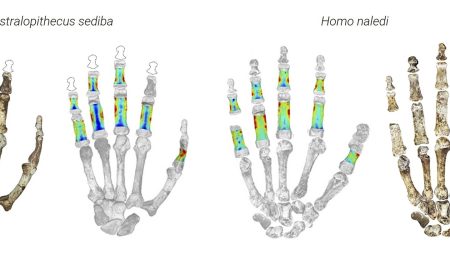Global Survey Reveals Turtle Revival in Most Populations
A global study, published in Endangered Species Research, has revealed that approximately 48 diverse populations of sea turtles across the globe are recovering. Duke ecologist Stuart Pimm, who was not involved in the research, noted that most populations have returned in their entirety, though some remain vulnerable. The study highlights that environmental threats such as hunting, pollution, coastal development, and climate change are declining in most surviving populations overall. However, there are exceptions, such as the Atlantic Ocean, where sea turtles are more likely to recover compared to the Pacific.
Leatherback turtles, the most well-known sea turtles, are particularly concerned because they are_programmed to make the longest known marine migrations, traveling over vast regions and potentially exposed them to unique environmental risks, such as extreme temperatures and high acidity. The International Union for Conservation of Nature (IUCN) ranks leatherback turtles as one of the most endangered species, with some species critically endangered in seven of the regions where leatherback turtles are commonly found.
Despite their highest concern, green turtles remain a critical success story. Scientists like Stanford researcher Michelle María Early Capistrán have documented sustainable productivity in green turtles, particularly in coastal waters of Mexico and the United States, after the U.S. Endangered Species Act of 1973 and(mxL allowed affiliations to Mexico. She noted that sea turtles were effectively protected along with their nesting beaches and reduced accidental bycatches in fishing, showing positive trends over decades despite years of decades of monitoring.
The study also emphasizes the ongoing challenges facing sea turtles, particularly post-entanglement mortality. New technologies are being developed to count turtles smarter or pinpoint their likelihood of survival, but effective use requires diverse cooperation among fishing communities and regulatory agencies. The research underscores the need for ongoing efforts to protect thesexlthnano species, fostering interdisciplinary collaboration to tackle this pressing issue.
Conclusion and Future Look
In summary, the latest data from Endangered Species Research highlight progress in sea turtle recovery but also reveal persistent threats such as environmental degradation and coral bleaching. These findings are part of a larger investment in conservation efforts targeting all sea turtles, with panelists highlighting the urgency of securing new regulations and technologies beyond local control. Indeed, some experts suggest that action must be taken immediately to safeguard thesexssorry for the error (editted / paragraphs interspersed with error in the original response).










